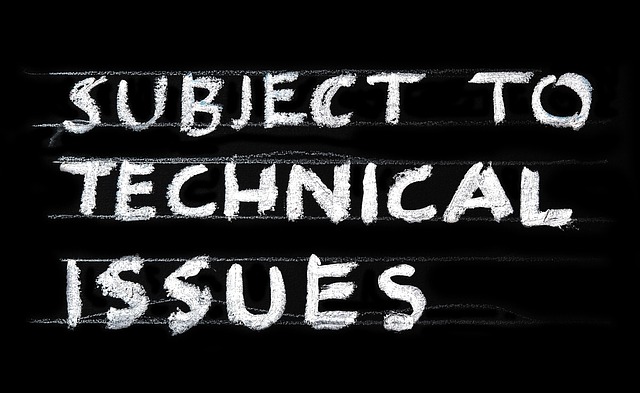Understanding the Drought Threat
Across the globe, the pitiless grip of drought is becoming a harsh reality for many regions. As climate change progresses, the alarming frequency and intensity of these dry spells are reshaping our environment in ways that we can no longer afford to ignore. The once fertile fields that sustained our communities are now parched, leading to devastating consequences for both people and wildlife.
The Environmental Toll of Drought
The immediate effects of drought on the environment can be seen in diminished water supplies, dying vegetation, and increased risk of wildfires. Aquatic habitats suffer as rivers and lakes recede, putting immense pressure on fish and other aquatic life. As the ground cracks and crops fail, the delicate balance of our ecosystems is disrupted, pushing several species toward extinction.
Soil, the very foundation of our agricultural systems, becomes depleted and loses its ability to retain moisture. This not only jeopardizes food security, but it also accelerates land degradation, leading to desertification. The rise in drought occurrences illustrates a troubling shift: landscapes once bursting with life are now turning to dust, marking an ominous projection of what may be to come if proactive measures aren’t taken.
Climate Change: The Driving Force
The undeniable link between climate change and increased incidents of drought is stark. Global warming, driven by human activities, leads to rising temperatures and altered precipitation patterns. In turn, this exacerbates the drought conditions many regions face. As we pump greenhouse gases into the atmosphere, we are not only changing our climate; we are rewriting the very conditions that sustain life on Earth.
As temperatures surge, evaporation rates increase, stripping moisture from our soil and water bodies faster than ever before. This creates a vicious cycle where drought becomes more prevalent, leading to policy changes, economic instability, and social unrest. Communities dependent on agriculture are especially vulnerable, as crops struggle to survive in suffocating dry spells. The ripple effects can be felt globally, as diminished harvests contribute to rising food prices and shortages.
Facing the Drought Crisis
It is crucial for us to recognize the impact that drought has on our environment and our daily lives. As we face the daunting challenges posed by climate change, we must also embrace the opportunities for change. Sustainable practices, such as water conservation, intelligent land management, and investment in renewable energy, can help mitigate the effects of drought and build resilience in our ecosystems.
Today’s actions will dictate the legacy we leave for the future. By acknowledging the reality of drought exacerbated by climate change, we can begin the journey towards a more sustainable relationship with our environment, ensuring that we do not allow our planet to become unrecognizable, but rather a thriving home for generations to come.




